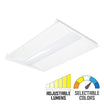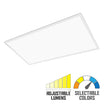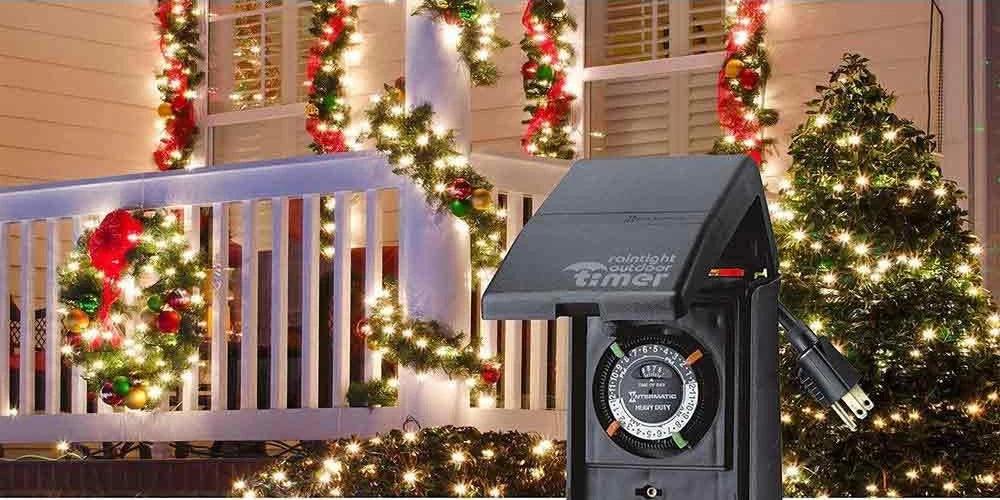In today's technology-driven era, the convenience of automating home lighting has become more accessible and sought after, making the installation of a timer switch an essential upgrade. A timer light switch not only offers the convenience of programming lights to turn on and off at predetermined times, enhancing home security and energy efficiency, but also introduces a layer of sophistication to any home automation system. With the growing popularity of smart home technologies, understanding how to easily install a digital timer switch is becoming a valuable skill.
Choosing the Right Programmable Timer Switch
When selecting the ideal programmable timer switch, understanding the specific features and capabilities of various types is crucial. This includes recognizing the amperage ratings and the different types of timer switches available, ensuring compatibility and efficiency for your specific needs.
Understanding Amperage Ratings
It is essential to consider the maximum amperage ratings when choosing a timer switch to prevent overloading and potential damage. For instance, timer switches can handle different resistive loads, typically ranging from 10 to 30 amperes. Ensure the timer you select can accommodate the load of the devices you intend to control, such as lights, fans, or appliances. For safety and efficiency, do not exceed the maximum wattage rating of the timer. If using a plug-in timer with multiple outlets, sum up the wattage of all plugged-in devices. Opt for timers with a higher amperage rating for heavy-duty applications, ideally rated for at least 15 amps (1800 watts).
Types of Timer Switches Available
Timer switches vary widely, from simple mechanical models to sophisticated smart digital timers. Mechanical timers, known for their durability and reliability, are suitable for straightforward applications like controlling lighting or fans. On the other hand, programmable digital timers offer more flexibility, allowing for daily or weekly scheduling, and can often be controlled remotely via smartphone apps. Some advanced models integrate with home automation systems like Alexa or Google Home, providing voice control capabilities.
For outdoor or heavy-duty uses, such as controlling Christmas lights or pool pumps, ensure the timer is appropriately rated for outdoor use and can handle the device's power requirements. Also, consider timers with special features like astronomic programming, which adjusts the on/off times based on the sunrise and sunset, and photocell sensors that automatically turn lights on when it gets dark.
By carefully considering these aspects, you can select a timer switch that not only meets your functional requirements but also enhances convenience and energy efficiency in your home or office.
Gathering Tools and Equipment
Required Tools
To ensure a successful installation of your timer switch, certain essential tools are required. One will need both a slotted and a Phillips screwdriver to handle various screw types that may be encountered. Electrical tape is crucial for safely insulating exposed wires or securing connections. Pliers will be helpful to grip and manipulate wires, while a pencil is necessary for marking precise points during the installation process. Additionally, cutters are indispensable for trimming wires to the required length, ensuring they fit neatly into the wall box. A ruler can be used to measure distances and ensure that everything is aligned correctly during the setup.
Optional Tools for Easier Installation
While the basic tools will suffice for installing the timer switch, having a few additional tools can streamline the process and reduce potential complications. These include a wire stripper for easily removing insulation from wires, which is more precise and safer than using general cutters. A level can be used to ensure that the timer switch is perfectly horizontal or vertical on the wall, which is important for both functionality and aesthetics. Lastly, a voltage tester is highly recommended to safely check for live wires before beginning the installation, thereby preventing any accidental electrical shocks.
Installing the Timer Switch
Disconnecting the Old Switch
To safely remove the old switch, first ensure that the power is turned off at the circuit breaker. Use a voltage tester to confirm there is no power flowing to the switch. Carefully disconnect the wires, noting their configuration and which wire connects to which terminal. It is advisable to take a photo of the wiring setup for reference during the reinstallation of the new timer switch. If the old switch uses simple wire nuts, consider upgrading to lever-type connectors like Wago 221 for easier future modifications.
Connecting the New Switch
Begin by connecting the ground wire to the designated terminal on the new timer switch. Next, attach the load wire, which is typically connected to your light fixture, to its respective terminal. The line wire, which connects to your power source, should be attached to the corresponding terminal on the switch. Ensure each connection is secure by using wire nuts or lever connectors. For timer switches that include a neutral wire, connect it as specified by the manufacturer’s instructions.
Mounting the Timer Switch
Once all wires are connected, carefully position the timer switch into the electrical box. Make sure the wires are neatly tucked in to avoid pinching or excessive bending. Secure the switch to the box using the provided screws, ensuring it is level and properly aligned. Before attaching the cover plate, turn the power back on and test the switch to ensure it functions correctly. Once confirmed, turn off the power again to safely install the cover plate, then restore power and perform a final test of the timer switch’s functionality.
Programming Features and Benefits
Setting Up the Timer
Programming a digital timer switch is straightforward, thanks to its user-friendly interface. Users can access the settings menu with a few button presses on the device itself. Here, one can enter desired parameters for start and stop times, including specific days, durations, and intervals. After saving these settings, the timer switch automatically executes the programmed actions, ensuring lights and devices operate as scheduled without manual intervention.
Special Features (e.g., Random Settings, Battery Backup)
Digital timer switches offer a range of customizable options that enhance their utility and efficiency. Features such as countdown timers, random start times, and different schedules for weekdays and weekends allow users to tailor device operation to their lifestyle. The random setting is particularly beneficial for security, creating the illusion of occupancy by turning lights on and off at unpredictable times, deterring potential intruders.
Moreover, many digital timers include a battery backup feature. This ensures that in the event of a power outage, the timer retains its settings and continues to function, providing reliability and peace of mind.
These advanced programming capabilities and special features make digital timer switches a versatile tool for managing home and office environments efficiently.


















































Leave a comment
All comments are moderated before being published.
This site is protected by hCaptcha and the hCaptcha Privacy Policy and Terms of Service apply.